Hard to believe, but it has already been a month since we’ve departed from New York and headed South.
Since then we’ve covered over 5,000 miles across the U.S. and Mexico, camped in beautiful remote locales at the bottom of canyons and overlooking volcanoes, in the small villages and tiny campgrounds. We explored towns along the way – ranging from small colonial towns to giants like Mexico City, spent a week being students again, and just recently crossed Mexico and entered Guatemala.
So, what has life on the road been like? Well, I have to be honest – pretty damn good!
The Travel Pace
One of the biggest shifts between a month ago and today is our own pace.
When we just departed, we started off in a very go-go-go mental state – planning our route to be in a different destination virtually every day. Particularly, during the very first week or two, as we were traveling through the U.S., we maintained a fast pace, in part because we were eager to escape the colder weather that was hanging over the East Coast in early January and in part because we were eager to cross into Mexico into the unknown – whatever it would be.
We maintained that pace for a few weeks as we’ve pre-set specific goals to be by a certain destination by a certain date. And only towards the end of the first month, it started to dawn on us that we don’t have to rush; that when we come across a place that we like and want to stay a few extra days or a week, we can. Or if we want to change our entire itinerary for the country at the last moment, we can.
This, fundamentally, is one of the big benefits of doing an extended trip like this – the ability to take it slower when you want and adjust your plans and schedule as you wish. As elementary as it sounds on the surface, this didn’t quite hit home until we were several weeks into the trip. So now, we usually try to spend at least a few days at places we like and aim not to plan specifics more than a week or two in advance.
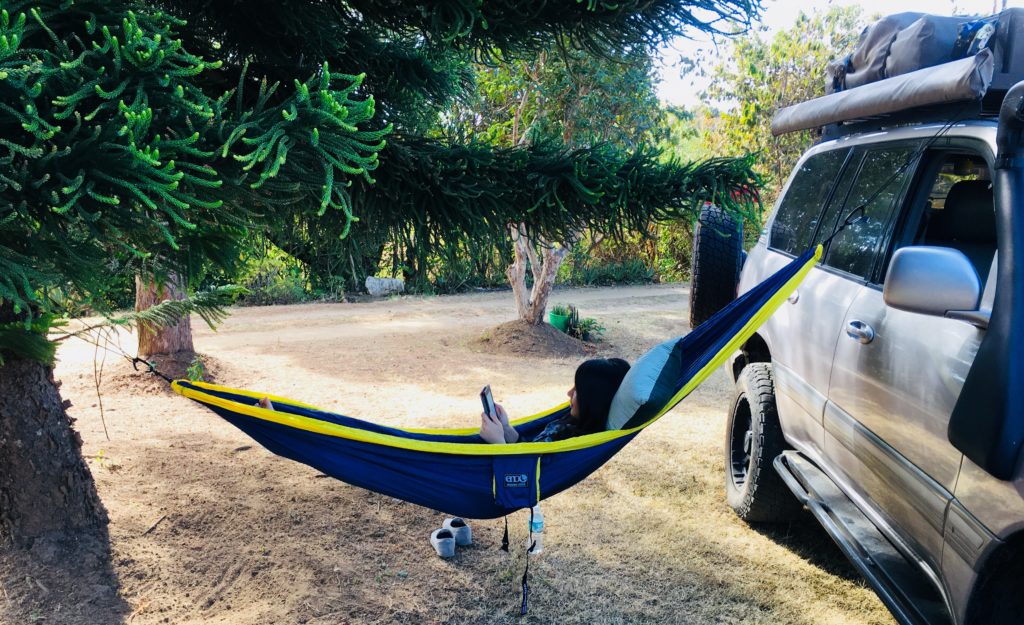 Much more mellow travel pace now
Much more mellow travel pace now
Breaking Camp
Prior to us starting the trip, Susan mentioned to me that she’ll be happy to camp out wherever as long as we can manage a shower and a bathroom. After a few weeks, the shower preference got eliminated. Towards the end of the month, the latter went as well. So, I think it’s fair to say that the adjustment has been positive.
We’ve been pretty lucky most of the times, though. The quality of the places we’ve been able to stay or camp at has been fairly good the entire time.
Much like Google Maps is the gold standard for finding your way around where you can hardly imagine what life was like prior to it, the overland community has recently got a must-have-it app of their own for figuring out where to go, how to get there and where to spend the night – the iOverlander.
No, unfortunately, it’s not a new Apple project, but where it lacks in user interface, it makes up for it in its usefulness.
iOverlander app started up a few years ago by other travelers and crowdsourced information from hundreds of overland travelers on the condition of the roads, places to spend the night, and other services that would be of use – virtually all over the world. Whenever somebody finds a good wild camp spot or a campground, a bad road to avoid or anything else that may be of interest, they add or update it on the app. For better or for worse, it provides a level of up-to-date information that makes it easier to plan routes and decide in advance where to stay.
And, of course, it also offers helpful tips that the traditional Lonely Planet may omit, such as:
“The bridge got destroyed and the only way to cross is by driving thru the river. With a 4×4 or high clearance vehicle, It’s no big deal anyways… As long as the water is not high it’s all good!”
“Warning robbery! This 15km stretch between Santiago Atitlan and San Pedro La Laguna has a 3km dirt road where you have to drive very slowly (a good vehicle ia required but a good 2WD should be ok). We drove there on 31.01.16 and got robbed by two armed and masked people on this dirt stretch at 14h on a Sunday afternoon.”
“Road block. They ask 50 pesos, lot of people with axes and guns. We gave them and no trouble.”
“Do NOT camp at this location in the rainy season (June-Nov)! We made the mistake of doing so and our rig was washed away in the middle of the night.”
Main takeaways are: when you see someone with an axe, have 50 pesos ready and don’t park in the flood zone!
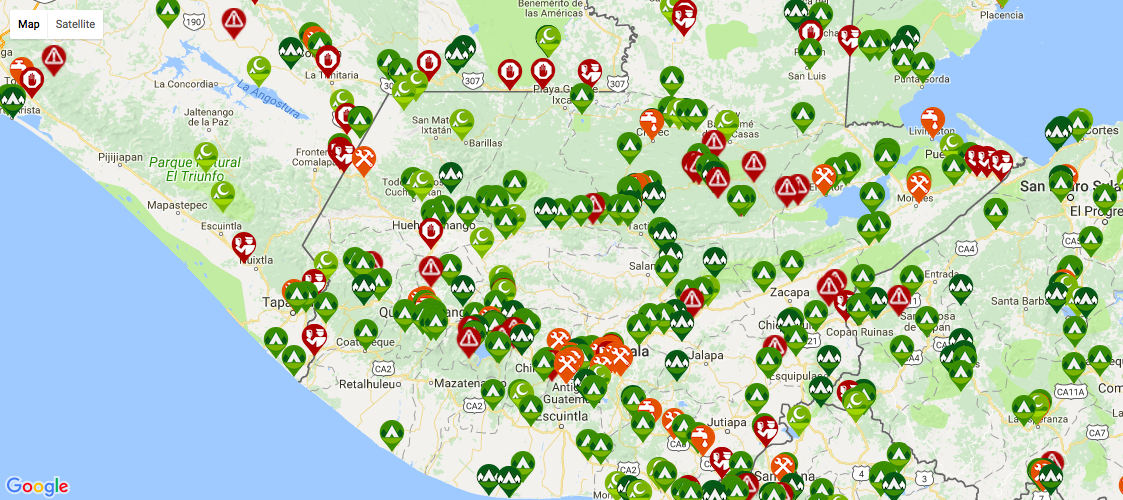 View from the iOverlander
View from the iOverlander
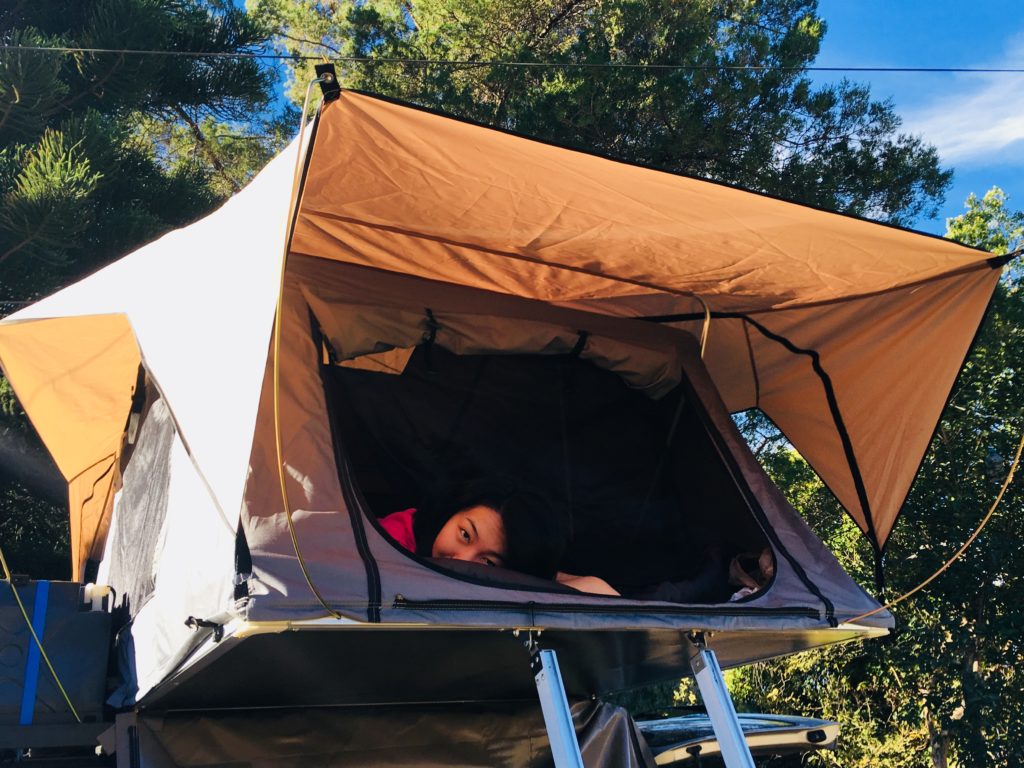 Not particularly in a rush to come out from the tent
Not particularly in a rush to come out from the tent
Meeting Other Overlanders
In part because of the iOverlander app and in part because of the ease and popularity of the PanAnamerican travel, it has been relatively common to meet other people along the way who are doing a similar sort of a trip. Pulling up to a well-rated campground almost guarantees that you’ll run into someone who is going cross-continent or at least spending a few months traveling within the region (or 12 years, as it was also in one case).
In just one short month, we’ve come across a family from Silicon Valley, him a startup founder and her a former Googler, who are doing a 15-month stint from California to Argentina, homeschooling their 6-year old daughter along the way; A Chinese-German family with 3 adorable kids who started off a cross-continent travel and found a place in Mexico along the way that they decided to make their base for an extended period of time; a pair of free-living hippies from Italy who bought themselves a van in Oregon and were heading towards Panama or until the money runs out, whichever comes first.
The overlanding communiy comes in all forms – families with kids, couples, individuals – and everybody’s story is both unique and similar at the same time.
It’s unique in a sense of what made them decide to venture out on a trip like this and unique in terms of how they are doing it and what their priorities are.
But it’s also quite similar in that it tends to equalize people quite a bit – irrespective of the background, prior work status, amount of money in the bank, or what rig they are driving – for that one or several nights when the paths have crossed, as everybody settles in for the evening, people chat, make dinner, enjoy the views and surroundings, and feel that they are exactly where they should be at that particular moment of time.
 Making dinner with another family we’ve met along the way at the campgrounds’ owner’s house.
Making dinner with another family we’ve met along the way at the campgrounds’ owner’s house.


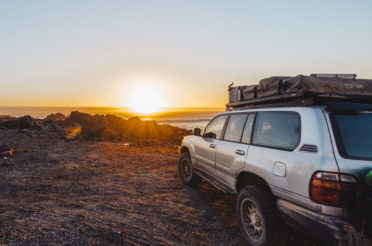

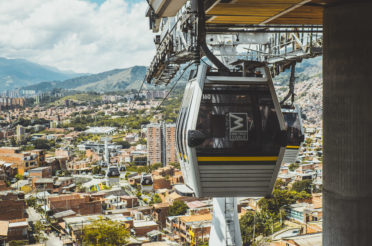

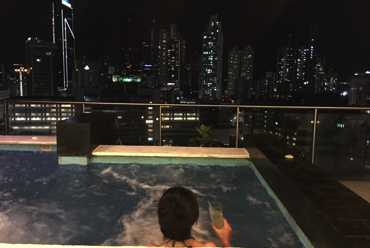
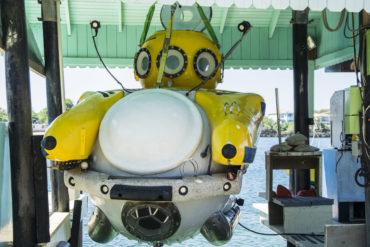


One Response
Melissa
Hey guys! It’s Melissa and Edd from last night at the Chicoj Coffee Cooperative (Cobán). Hope you made it to the hot waterfalls! Find the trails to the nice yellow mud! We didn’t make it too far today; 7W was a horrible road! We’re going to download maps app and try that hike to the volcano you mentioned. Nice to meet you. Melissa (parkthehouse.com)